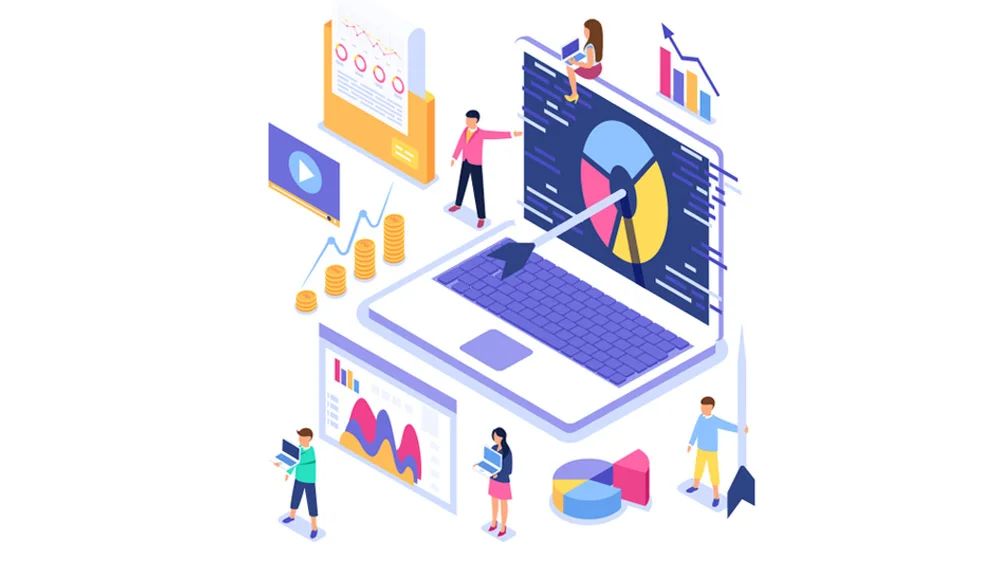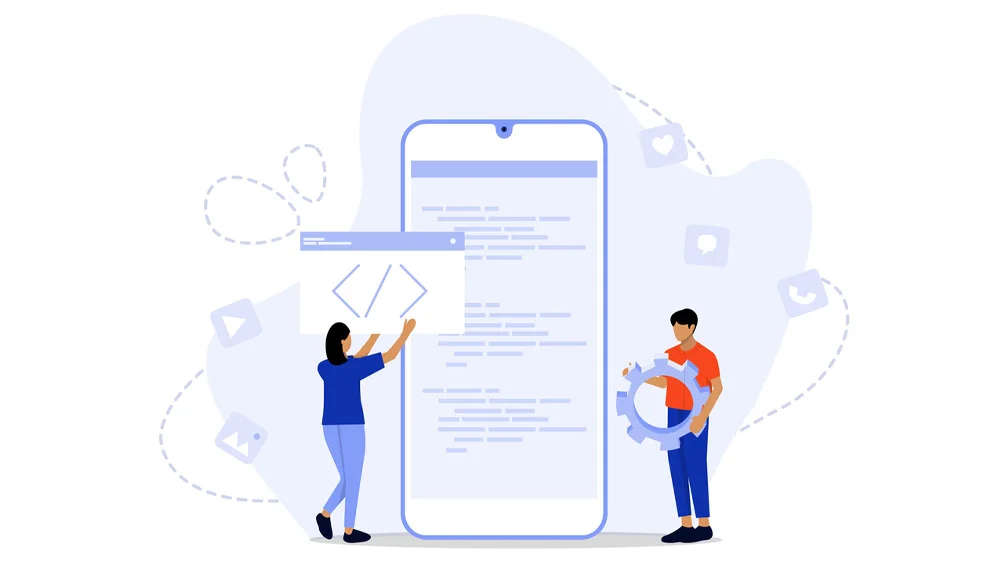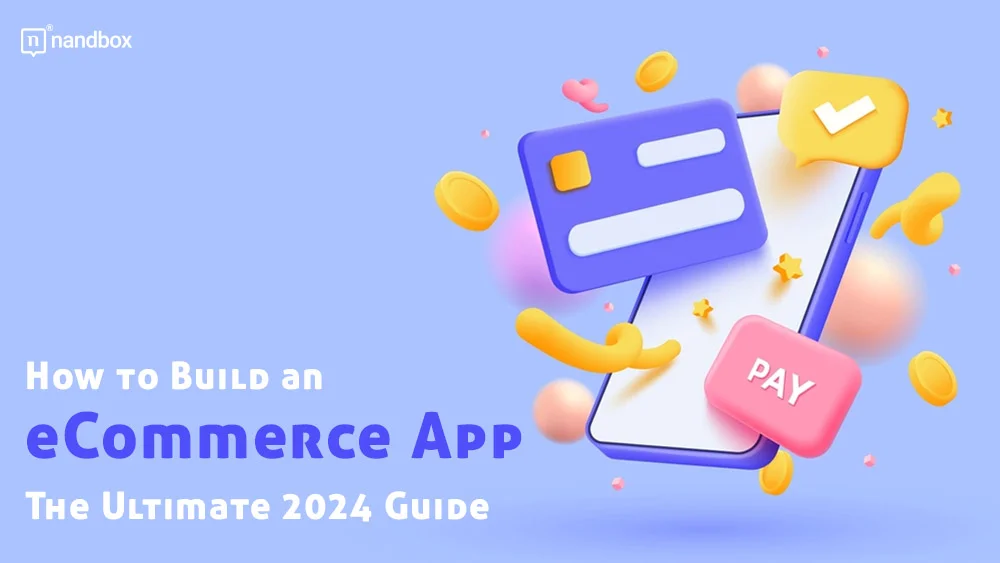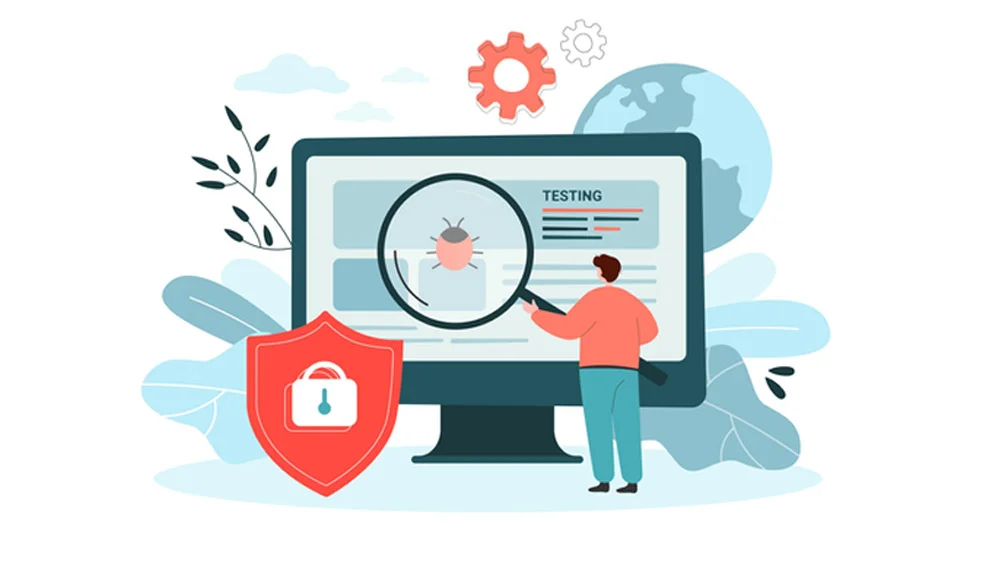How to Build an eCommerce App: The Ultimate 2024 Guide
In the past, if we wanted to buy something, we would go to a local shop, do our monthly or weekly grocery shopping, buy clothes, food, or even medicine or beauty products from our nearby pharmacies or beauty shops. Nowadays, the scenario is a hundred and eighty degrees different. With mobile applications, the world has opted for a new way of purchasing their needs. An online, digital way that is facilitating our lives and making them a hundred times easier, faster, and more efficient. Apps are allowing people and business owners to participate in the global market without having to suffer in the process. Creating a successful e-commerce app is not a hard process.
However, it is not one that comes in easily. This is one process that demands a mixture of a friendly and seamless user interface, an understanding of your niche or target audience, and robust functionality. One that will make your app one that is in demand from your target users and consumers. Dive in with us in this guide in order to learn all of my tricks and steps on how to build an e-commerce app in a hassle-free manner.
What is an E-Commerce App? a Quick Retail-Related History Overview
Okay, let me first define what an e-commerce app is. I know that it sounds obvious. It's like an app that has stuff to sell, duh! The thing is, there is a little more to it than what people think. An e-commerce app plays the role of an online store or market that has a variety of products. These products are being introduced to the app through integration with service providers who have businesses that sell products and wish to display their services somewhere.
These types of apps foster all kinds of business-to-business collaborations and strengthen a brand’s name by exposing it on a larger scale to an audience from all over the globe. To phrase it in a more poetic way for you here, an e-commerce app is like a tapestry of various catalogs infused into a one-stop platform. A virtual storefront that streamlines transactions in the most technical and innovative ways ever.
A Historical Glimpse Into The Life of The Godfather of E-Commerce
Our one and only Michael Aldrich was the first to develop e-commerce in 1979. This specific English inventor decided that it was time to connect consumers with businesses in a new innovative way: online transactions and purchases. Imagine being the person who invented online shopping in a world that hasn’t yet known what technology has hidden underneath it’s magician hat.
Aldrich’s vision was of great simplicity at first. It all began with an idea to enter a simple line through data entry on TVs that had a seller’s pitch for a certain product that is sponsored by a certain company. This simple concept later became popular in the United States around the 1980s. After that, Aldrich took things to a higher level by introducing digitalized B2B connections. That alone skyrocketed and created a revolution that we call online shopping nowadays.
Now that you have a glimpse of the history that made e-commerce turn successfully into an online procedure, let me take you on a futuristic journey of how things are anticipated to be and explain why apps that support the e-commerce industry are of crucial importance.
The Future of E-Commerce: Let’s Go on a Statistical Ride of What Will Become of This Industry
Let's just start by saying that the future of the e-commerce industry is one that is smiling so hard. In 2023, statistics that were made by Statista proved that in the US, according to forecasts, the US e-commerce market surpassed $940.9 billion in 2023, which is slightly over thirty percent of China's total.
Know that this statistic is one that is made to include the time period between 2018 and 2028. That being said, we can now guarantee that the ever-evolving world of e-commerce is about to make a very large leap that will cause a rumbling like the one Eren Jaeger caused in Attack on Titan. Don’t mind me being an otaku; I’m just here trying to find the best metaphor for your dear reader.
What I am pointing out here is that the whole new evolution of augmented reality and AI promises immersive shopping experiences in the future. While the forceful surge in online marketplaces transforms traditional retail standards. These numbers lead us toward a future where convenience, personalization, and connectivity redefine the very essence of shopping in a digital era. Bottom line here? E-commerce is brimming with potential and success in the future.
How to Build an E-Commerce App: A Step-By-Step “Mini” Guide
All the talking about the past and future of e-commerce made me a tad lost on why I was creating this guide in the first place. Fret not, though; I have come with steps, tips, and solutions in order to guide you on how to craft the perfect and most successful e-commerce app. You see, sometimes we think of something as complicated or hard enough and perceive it as overwhelming.
The thing is, with one foot on the right path, you’ll find yourself on the road to success in no time. That is why, below, we will discuss the steps to making an e-commerce app. Let's waste no time and allow me to lead you on the very first thing that you should do to start your app journey.
Research Your Market and Develop a Strategy For Your App-Building Journey

You can start by conducting thorough market research that will allow you to get a glimpse of what your target audience needs. Your research should be the window that you’ll look through in order to identify your niche and market gaps. Knowing these two will allow you to build something that speaks directly to people by offering them exactly what they need. This step is of crucial importance because it will help you create a strong app that will succeed in a market full of competition.
Your market research should also identify for you the potential market competitors that you might face later on when you launch your app. Knowing who you’re up against will give you the advantage of having a product that has what they lack. Furthermore, it will give you the chance to know your strengths and your weaknesses. Which gives you great room for futuristic improvements later on. Tip from me to you: Create a strong strategy that outlines your app's unique selling proposition (USP), competitive analysis, and revenue model in order to have a successful outcome when it comes to the point of implementation.
Define The Feature That You Wish to Have In Your App
Features are the core keys that will help your app’s functionality and develop a shape for it. You can start by categorizing your features. Divide them into two categories: major must-have features and add-ons or minor ones that will help enhance your app but are not a top priority. You can add must-have features like the following:
- A fully functioning store for providers to display their products for consumers
- A search filter for an easier product browsing experience
- Secure payment gateways to enhance customer trust and security
- A user-friendly interface for a facilitated navigation process that will guarantee user satisfaction.
- A registration form for service providers
- AI integration to enhance customer support through time-saving chatbots
- A map search in case of a delivery service in your app
These are only some of the many important features that your e-commerce app should have. Make sure to have a clear outlining of your app’s vision in order to implement the right amount of features in it.
Choose Your App Development Method

There are various methods by which you can create or build your app. My advice to you is that you opt for a no-code solution in order to build an app faster and at a lesser cost. However, if you’re someone who is knowledgeable about coding or programming and wish to hire a traditional developer, make sure to see their showcases. Additionally, make them understand that your app’s vision is one that they cannot tamper with in order to suit their developmental satisfactions or personal visions.
Their advice is great to listen to and even consider at times, but that doesn’t mean that they could alter your idea to their preferences. Make sure that you’re also choosing the right technology stack. Selecting the appropriate technology is crucial for the performance of your app and its scalability as well. Decide on the platform that you wish to publish your app on (iOS, Android, or both). It is also crucial to decide on the programming languages, frameworks, and databases that align with your app's requirements and that you will use during your developmental stage.
Your App’s Design Is a Book’s Cover That Will Be Judged
Take my word for it: when you’re developing an app, you might not want to overlook its design. Your app’s design is one that will help you attract users efficiently. The better and more professional it is, the more it will intrigue users to try and download it. Your main focus should be on responsive design elements and icons, interactive visuals that captivate your users, and a simplified checkout process. Your UX/UI elements should place user convenience and accessibility as a priority across various devices.
Testing and Security
With us reaching together the final stages of your app development, rest assured that your success lies within efficient testing for your app before you launch it. Testing will help you know if your app has any bugs, flaws, imperfections, technological issues, or malfunctions. I assure you that your app development journey will indeed have some issues at first. This isn’t any negative assurance; I am just telling you what you will find ahead.
This is actually something that is quite normal to have. Your app’s issues or errors will be best caught and noticed early in order not to affect your users’ experience with the app. This also assures your users that you are taking all security and precautionary measures in order to secure their app experience and deliver one that fosters user loyalty and trust.
Wrapping It Up!
In the realm of app development, leveraging the power of a native, no-code app builder like ours will unlock endless possibilities for you during your development journey. nandbox’s rich interface will help you know how to build an e-commerce app and get you on the road to success rapidly. With a fraction of the cost, you will have a great amount of features, capabilities, and professional pre-made templates that will help you build an e-commerce app that is ready to take on the market. Sign up now and benefit from our 14-day free trial, which will help you familiarize yourself with the navigation of our native no-code app builder!

